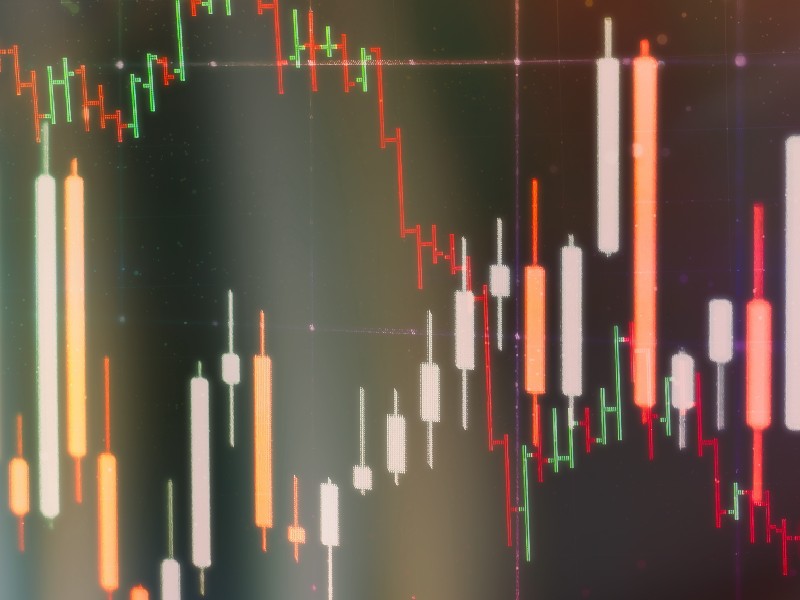
Artificial intelligence and blockchain are buzzwords in virtually every industry, but there are specific ways these technologies can make improvements in the pension world, according to Serge Boccassini, manager for defined contribution product solutions at Northern Trust.
“How can it be used to help people save more for retirement [and] save better for retirement? And how can organizations use it, whether it’s a company or a sovereign wealth fund? Or [how can] an investment management firm use the technology to enhance the return as well as their services?”
Boccassini will delve into these questions at Benefits Canada’s 2019 Benefits and Pension Summit at the Marriott Downtown at CF Toronto Eaton Centre on April 17.
The defined contribution pension industry is already making excellent use of AI, he says, with automated questions evaluating the level of risk a plan member is comfortable with and other details that may impact their optimal portfolio and investment strategy.
Read: Learn about new industrial revolution at 2019 Benefits and Pension Summit
“That grows exponentially based on the volume of data it has about you and the volume of data it has about the markets, trends in the marketplace, as well as people like you and what they’ve done in similar situations,” says Boccassini.
In the same way Amazon.com Inc. uses big data to determine suggestions for customers based on previous searches and purchases, the DC market can use big data to recommend the best options for retirement savings, he adds.
As for blockchain, the technology has major implications for future retirees trying to keep track of the many different assets they accumulate throughout their lives, notes Boccassini.
“I have three pension plans . . . two brokerage accounts, three bank accounts. And in order to aggregate that, I have to buy software and pull it together myself.
Read: Learn about DC plan sponsor decision-making at 2019 Benefits and Pension Summit
“If you think about record-keeping systems — many people have their records on lots of brokerages or record-keeping systems, but blockchain could help with a single virtual place where all financial information about a person can exist.”
Also, the technology has plenty of investment implications and is becoming more popular for institutional use, says Boccassini. The Australian stock exchange is moving to a virtual blockchain ledger, which will vastly speed up how long it takes for transactions to go through.
“They’re not actually moving data between financial institutions. Their settlement process is happening via a virtual ledger,” he says. “They can cut down their settlement time from three days, let’s say, between the day I give you a stock and you give me cash, to almost instantaneous.”
